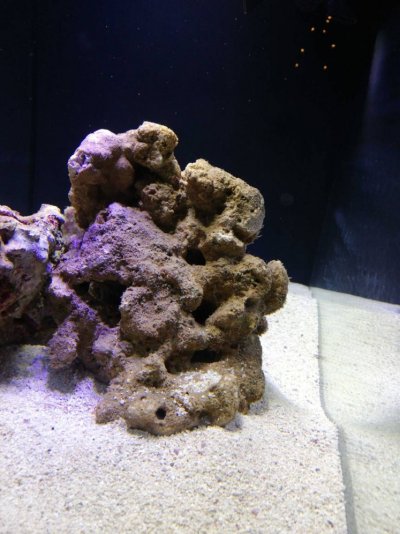willbaroo200
Aquarium Advice Apprentice
- Joined
- Nov 24, 2019
- Messages
- 24
Hi guys. After a bit of advice. My 52L tank has been cycling for 5 days with dead prawn. I have some live rock, live sand . I've tested every day.
Ammonia 1.0ppm (at day 2)
Ammonia 0.5ppm (day 5)
Nitrite 0ppm (day 2)
Nitrite 0.50 (day 5)
Out of interest , day 5 I tested for nitrates and it read 20ppm. Any reason why I'm showing nitrates? Obviously not cycled yet but was just wondering. Thanks
Ammonia 1.0ppm (at day 2)
Ammonia 0.5ppm (day 5)
Nitrite 0ppm (day 2)
Nitrite 0.50 (day 5)
Out of interest , day 5 I tested for nitrates and it read 20ppm. Any reason why I'm showing nitrates? Obviously not cycled yet but was just wondering. Thanks

